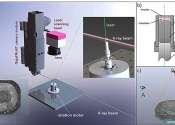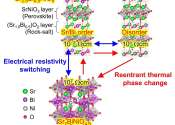Research team develops world's most efficient quantum dot solar cells
A research breakthrough in solar energy has propelled the development of the world's most efficient quantum dot (QD) solar cell, marking a significant leap toward the commercialization of next-generation solar cells. This ...
Jan 30, 2024
0
98









